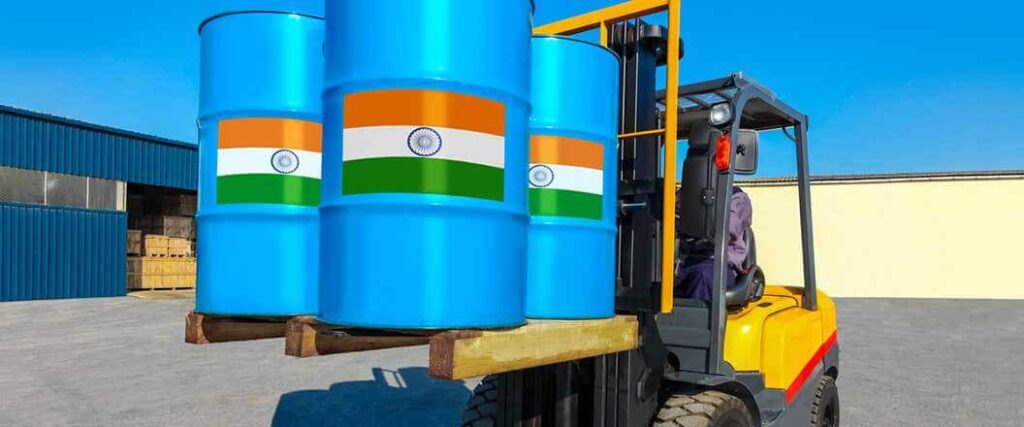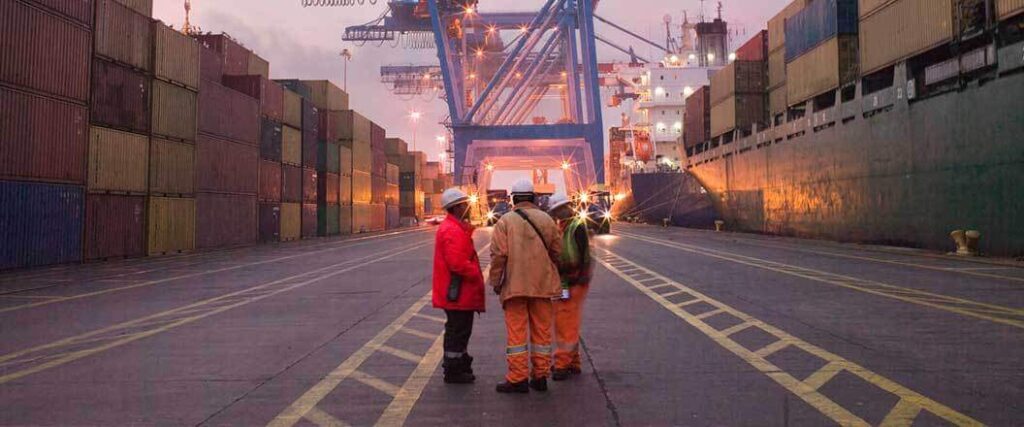Figuring out how to export to India can be difficult to navigate. Between choosing the right commodities and finding out what trade restrictions are in place, even experienced exporters can get confused.
The Central Board of Indirect Taxes & Customs and the Directorate General of Foreign Trade (DGFT) regulates all imports coming into India. Exporters are required to meet all Indian product standards and obtain additional certifications by appropriate regulatory bodies as needed.
Learn how to export to India like a seasoned professional while expertly navigating this new opportunity for international trade success.

The United States and India have had a strong trade relationship for decades now. However, in recent years, there has been tremendous bilateral growth. This growth is exactly the kind of economic setting that gives U.S. exporters a reason to get interested in doing business in India.
The US-India Trade Agreement of 2006 opened up the Indian market for a greater commitment of U.S. products. Currently, the U.S. is the largest trade partner with India and there are no signs of that slowing down any time soon.
As of 2019, the United States Trade Representative (USTR) shows there is around $92 billion in total trade between both nations. The U.S. exported around $34 billion worth of goods and services to India, making India the12th largest market for exporters in the U.S.
U.S. Export Details
Currently, these countries are working on a new trade agreement that would reduce tariffs on both sides and increase access to each other's wide-ranging markets. Both the U.S. and India are committed to creating more opportunities and increasing economic growth.
The U.S. is also one of India’s top sources for direct foreign investment, investing over $40 billion in India’s economy in 2018 alone. Overall, the trade relationship between them is a strong one, with expectations for an even more promising future.
Customs regulations in India are a combination of laws, policies, and agreements that govern trade. These regulations are designed to promote the flow of goods and services between the U.S. and India.
Although these regulations can seem complex and difficult to navigate, it is essential to research every aspect of the trade policies on how to export to India.
Some aspects of trade regulations in India include
There are also a number of documents required for exporting:
These document requirements are laid out in the established regulations of the Central Board of Indirect Taxes & Customs of India.
It's true that most goods being imported to India do not require special licensing or additional permits. There are, however, a number of restrictions in place on certain imports. These include restrictions on agricultural products, consumer goods, and luxury items.
If you are exporting these commodities to India from the U.S. then you must have an import license issued by the office of the Directorate General of Foreign Trade (DGFT).
Reasons for these product restrictions varies by commodity and affected industry:
The DGFT office in India is responsible for administering India’s foreign trade policies, including export and import regulations. There is considerable emphasis on helping American exporters identify potential customers and distributors in the Indian market.
When shipping goods to another country, consider using the best Incoterms® for exporters.

The Indian government imposes tariffs on a variety of goods imported from the United States, including agricultural products, electronic products, chemicals, and textiles. In addition to tariffs, the Indian government can also impose non-tariff barriers on imports from the United States.
The tariffs range anywhere from 5% to 100%, depending on the product. The tariffs imposed on imports also vary depending on the country's trade agreements.
In some instances, tariffs are imposed to protect domestic industries, while in other cases they are imposed to raise revenue for the government. For example, the government may impose a higher tariff on luxury goods imported from the United States to raise revenue.
Indian tariff regime averages:
The government may also include quotas on commodities. These quotas reduce the amount of goods that can be imported at a significantly lower tariff rate. India also has a complex tariff scheme, with incredibly high rates on agricultural goods among other commodities.
Navigating your way through this complex terrain of factoring and calculating tariff rates can be difficult and frustrating. Fortunately, as an exporter, you have the option of connecting with an export specialist who can provide you with the support you require.

As mentioned, the U.S. exports a wide variety of commodities to India such as aircraft, machinery, and agricultural products. In 2020 the U.S. exported around $27 billion in various commodities to the Indian economic marketplace.
On the flip side, India exported $49.7 billion worth of goods and services to the U.S. in 2020, making it one of America's most critical trade partners. The Indian economy is on the rise, finishing sixth in terms of gross domestic product (GDP).
While these figures show a negative trade balance does in fact exist, that gap has been shrinking year after year. As recently as November 2022, the metrics suggest that an increase in domestic export production has helped stabilize the trade balance between the U.S. and India.
The chief exports of the U.S. are divided into multiple categories such as oils & gasses, precious metals & minerals, broadcasting & medical equipment, and biological commodities.
India greatly depends on this trade relationship since the U.S. is their largest export market. With the Indian economy expanding and showing signs of incredible growth, the export potential is at an all-time high, making your decision to do business in India a no brainer.
The most popular exports to India are machinery, vehicles, iron and steel, organic chemicals, plastics, and a variety of electronic goods. These exports and others like them are fueling a growing economic trade market between the U.S. and India.
As an exporter, you will want to ensure that each export transaction is successful and profitable. You will need to develop a comprehensive marketing strategy for your products. This should include understanding the customer base in India while researching the competition.
| Product | Trade Value | Growth Percentage |
| Crude Petroleum | $4.2 Billion | 15.50% |
| Diamonds | $3.32 Billion | 12.50% |
| Coal Briquettes | $1.62 Billion | 6.08% |
| Acyclic Hydrocarbons | $601 Million | 2.26% |
| Other Nuts | $923 Million | 3.47% |
Despite heavy tariffs, luxury goods like diamonds continue to grow in popularity.
You should be aware of the various regulations and procedures involved in exporting to India. This includes familiarizing yourself with the Indian customs laws, label and packaging requirements, and taxes and duties associated with a particular shipment.

It is also important to note that certain goods may require additional licensing or permits from other government authorities such as Customs, Pollution Control Board, or the DGFT. In addition to the import license, the exporter must also provide the following documents:
The importer is also required to provide an advance fuel surcharge AFC certificate from the Reserve Bank of India. An Asset Finance Company (AFC) certificate is required for all imports exceeding USD 25,000 in value and is based on the invoice value of the goods.
Also, India has a number of restrictions in place on certain types of imports, such as prescription drugs, arms and ammunition, hazardous materials, and food products. It is essential to check with India authorities or an export specialist prior to shipping.
When exporting to India, the label requirements are necessary for the safe and legal importation of goods. These requirements for American goods exported to India vary depending on the type of product being exported.
Labels must contain information about the product, the manufacturer, the country of origin, and the importer’s details. The label must also contain a barcode, serial number, and logo or trademark.
The label must also be in English and preferably in Hindi, the official language of India. Also, the label must include proper instructions and any warnings if necessary, such as any potential hazards, and instructions for disposal.
The label must also be applied to the product in a visible and legible manner, and can’t be covered or obscured by any other material. Also, if the product is considered regulated, such as a medical device, the label must include all the required regulatory information.
While learning how to export to India may be challenging and tedious, the team at Cargo Export USA is ready to help whenever you need us. There is no challenge that is impossible to overcome. Cargo Export USA will get your goods moving with speed and precision every time.
Our services include
As a customer, we offer the latest in technology, the brightest minds in the exporting business, and a genuine desire to serve your export needs. Our team is ready to serve at any time or any place.
You can give us a call at (866) 301-0635 or click here for more information on how we can help you export to India like a seasoned professional today.
Hi, I am US citizen want to start exporting of chemicals to various states of India. I need help to start business from the first step. What is the process, requirements and documents for the same? I am in contact of some importers of chemicals from India, they may order for supply. Please guide me in this regards. Thanks